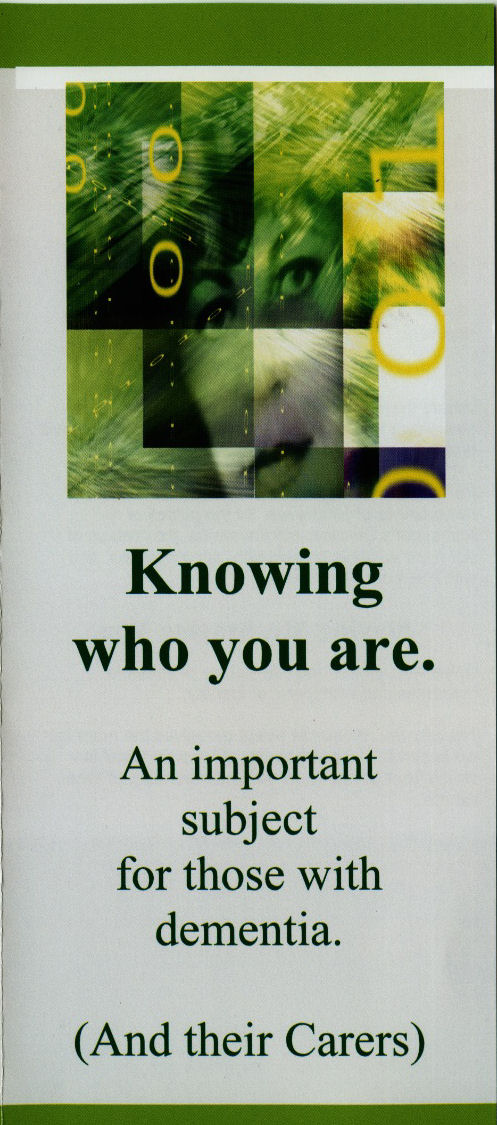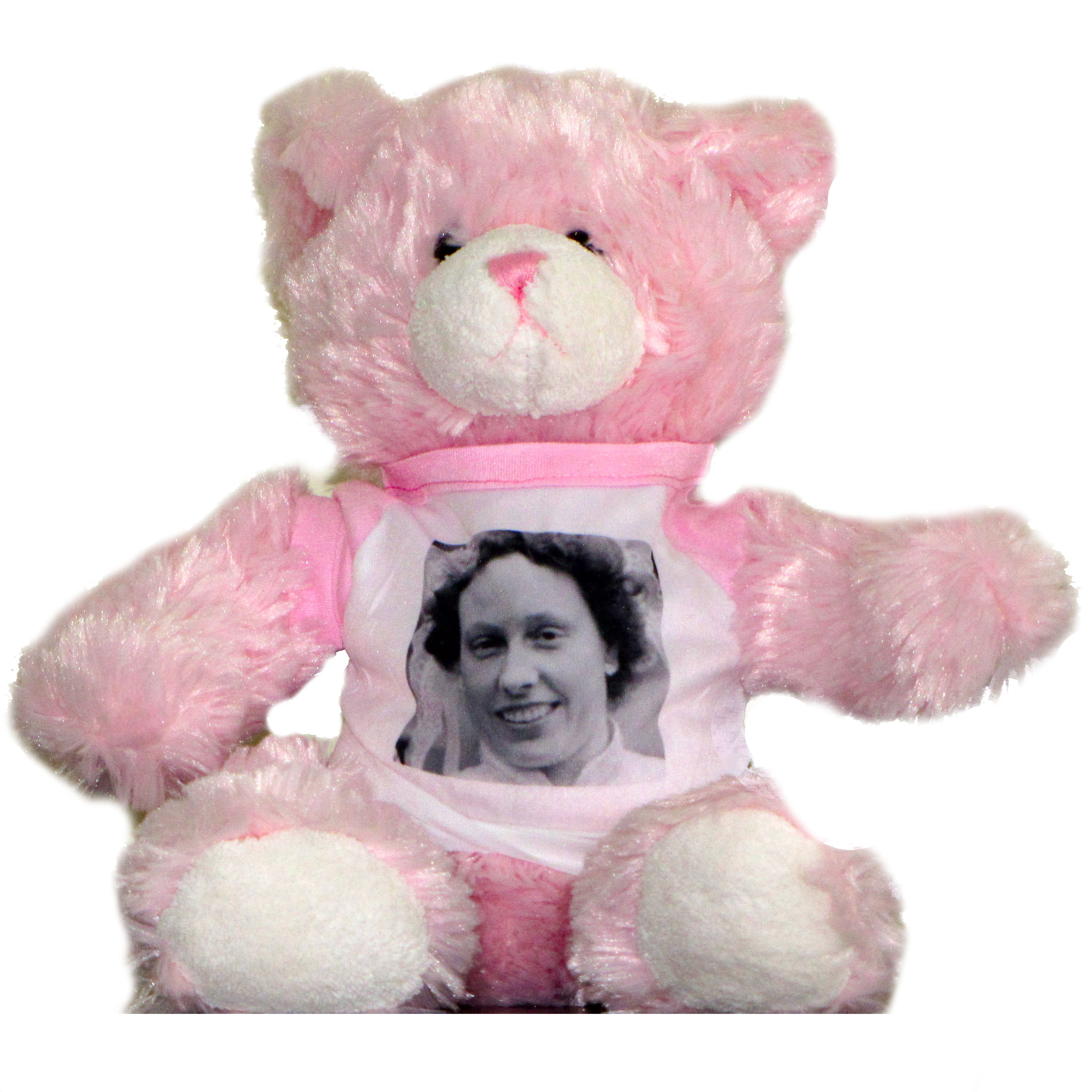Behaviours of ConcernOK, so what are these 'behaviours of concern'? According to an Alzheimer's Australia document on reducing behaviours of concern (ReBOC), they are:
It also lists some examples:
A classic example experienced by those who care for someone with dementia is the repeated question (or statement). Because they are not always aware that they have made a statement before, they are not aware that they are repeating themselves. Another example is wandering. A person with dementia may go 'walkabout' - perhaps with a destination in mind, perhaps not. This can be a serious issue if they wander from their home and are unable to return safely. Historically, behaviours of concern were managed through a small number of practices:
Although management via drugs and some forms of restraint are still used, they are very tightly controlled and considered a last resort. Managing behaviours of concern is more often, and usually better achieved, through more positive approaches. We need to ask some questions such as: What (or who) triggers the behaviour? Behaviours can be triggered by time, by events, by words, feelings - almost anything. If the triggers can be identified then they can be avoided in the future and so can the behaviours. Is the behaviour masking some other issue? Someone with dementia may grow angry - not because something has made them angry in the traditional sense but because they are in pain but are unable to express that (or even consciously recognise it). In fact, discomfort in any form can result in various behaviours of concern. It is very important to attempt to identify any underlying conditions that might be manifesting as behaviours of concern, recognising that they may not - to us - appear even relevant. While pain is a common cause, it is not the only one. Hunger, thirst, tiredness, anxiety, fear - there are many underlying discomforts that someone might feel but which can arise in behaviours that seem almost irrelevant. In terms of reducing or eliminating the behaviours, there are also a number of options. Not all work for everyone - nor every time for the same person. Need satisfactionIf a need is not being met (hunger, pain etc) then meeting that need can eliminate the behaviour. This is not the same as 'rewarding' them for bad behaviour. The behaviour is not a choice. It is just removing the cause. If, for example, a person expresses repetitive behaviours when they get tired then a appropriate rest before hand can go a long way to stopping the behaviour. Ditto, they may need ongoing pain relief. Distraction and DiversionAnother method for dealing with such behaviours is distraction or diversion. By re-focussing the person on some other thoughts, ideas or activities, the behaviour can be mitigated, reduced or even stopped. Sometimes people will need to be removed from a situation to manage the behaviour. This is not 'putting them in the naughty corner' but changing their environment and those that they are interacting with. People can, of course, be a significant trigger for undesirable behaviours. ValidationValidating people's feelings is also very helpful - since many behaviours are really a call for help. Helping people to know that you understand that they are upset or angry about something is not the same as saying that you agree with them. It is an acknowledgement of their feelings. HumourHumour is not making fun of someone. It is not ridiculing their fears, concerns or anxieties. Humour is helping to change mood by lightening it. It is part distraction, part need satisfaction (sometimes), part validation (at times), part something else... There is a real knack to humour though - it must be appropriate, tailored to the person involved (which means they must connect with it, and of course find it funny!), timely - it requires a good knowlege of the person's tastes, tolerances, opinions, feelings and so forth. Reality orientationFor some people, a gentle and sympathetic realignment to current time/place can be helpful. Because those with dementia can sometimes get a little lost in terms of time and space (like the famous Dr Who character!) anxieties or problems of the past can surface, or they can be confused about their current surrounings. Reality orientation can bring them back to the 'real world'. It is something that needs to be used carefully however as it can cause additional anxiety, confusion, anger and other behaviours of concern. For example, imagine the heartache experienced when someone is reminded that the wife they are searching for is dead! And a million others.And of course, there are many other strategies that can work. As many strategies as there are people. A favourite cake... A reminder of the love of a child... A special smell...
|
|
|
|
|
|
|
|
|
|

 Facebook
Facebook Reddit
Reddit Twitter
Twitter Delicious
Delicious